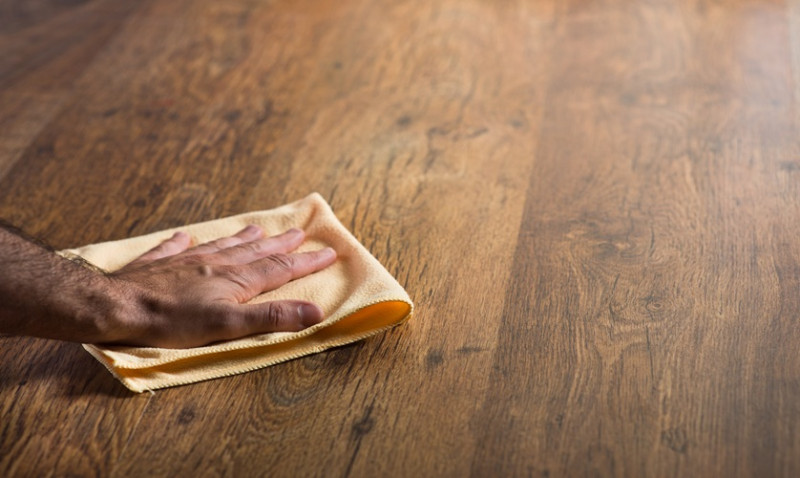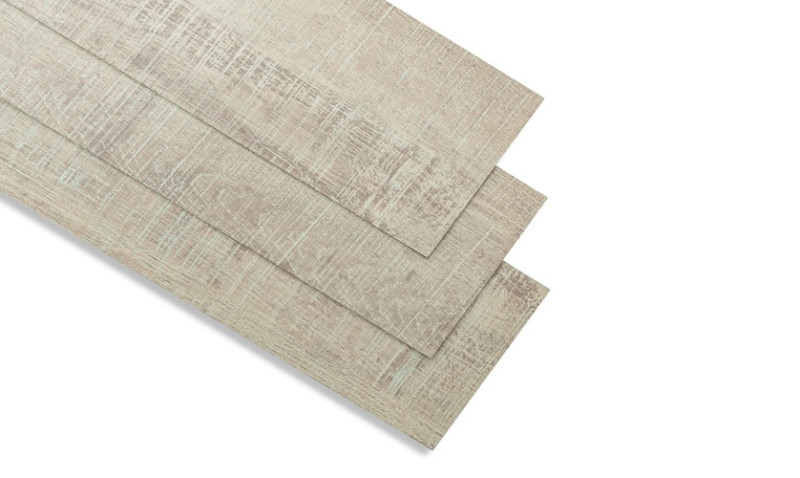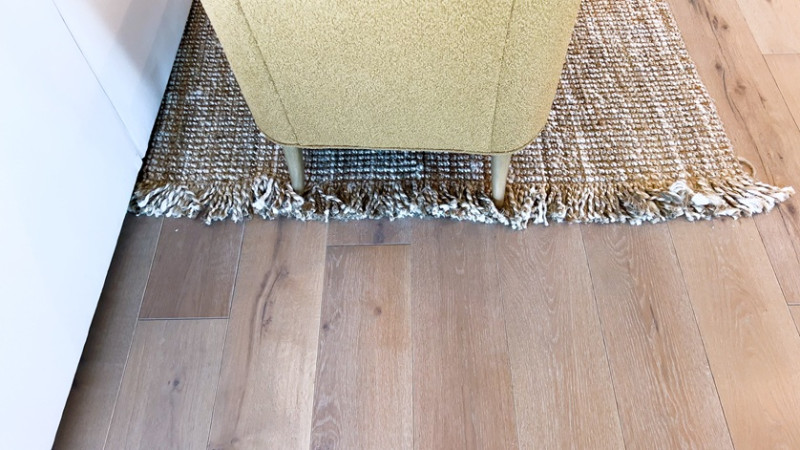
If you're on the hunt for a trusted, professional-grade finish for your wooden floors, furniture, or joinery that strikes the perfect balance between durability, aesthetics, and ease of application, chances are you'll end up hearing about Fiddes Hardwax Oil. Renowned across the UK construction, interior design, and refurbishment sectors, this oil is often the finish of choice for professionals and DIYers alike — and for very good reasons.
In this article, we’ll break down what makes Fiddes Hardwax Oil a top performer, walk you through the application process with helpful pro tips, and also share a helpful video so you can see it done right, step-by-step. Whether you’re a first-timer renovating a Victorian terrace or a seasoned tradesperson looking for superior results, this guide is tailor-made for you.
Why Choose Fiddes Hardwax Oil?
Hardwax oil has become increasingly popular as a wood finish solution, combining the natural beauty of oil with the protective powers of wax. Among the countless options available, Fiddes Hardwax Oil stands out due to its professional quality, ease of use, and environmentally conscious formulation.
Fiddes Hardwax Oil penetrates wood deeply, nourishing it from within, while the wax content rests on the surface to form a protective barrier against moisture, everyday wear, and stains. This two-fold protection ensures long-lasting performance, even in high-traffic areas like kitchens and hallways.
A major selling point is that it’s available in a range of sheen levels — from extra matt to satin — and a variety of colours, allowing both design-conscious homeowners and architects to customise the final look. Suitable for use on oak, pine, beech, and most hardwoods, its versatility is yet another reason for its popularity.
Unlike traditional polyurethane varnishes, Fiddes Hardwax Oil maintains the natural appearance and texture of the wood, highlighting its grain and character. For those looking to enhance the organic feel of their spaces while still ensuring longevity, this finish offers the best of both worlds.
Additionally, it’s compliant with EN71-Toy Safety Regulations, making it completely safe for use on children’s furniture, toys and food-contact surfaces. Eco-conscious professionals also appreciate its low-voc content and quick drying time that minimises disruption during application.
What You’ll Need for Applying Fiddes Hardwax Oil
Before diving into the application process, it’s important to gather your materials. Having the right tools and preparation is essential for achieving a beautiful, long-lasting finish.
Here’s a simple checklist:
- Fiddes Hardwax Oil (in your chosen sheen/colour)
- High-quality brush, lint-free cloth, or pad applicator
- Fine sandpaper (120-150 grit)
- Damp cloth or tack cloth for cleaning dust
- Protective gloves
- Vacuum cleaner or dust extractor
Using the correct tools will help with smooth, uniform application and prevent over-application – one of the most common mistakes when dealing with hardwax oils. Remember, less is more when it comes to oil-based finishes.
Preparing the Surface for Optimal Results
Like any high-quality finish, the key to success with Fiddes Hardwax Oil lies in the preparation. No matter the quality of the oil, poor prep can lead to patchy results or peeling over time.
Start by sanding the wood surface thoroughly with 120 or 150 grit sandpaper. It’s important to remove any old varnishes or treatments beforehand — Fiddes Hardwax Oil is designed to bond with bare or previously oiled timber. Vacuum up any dust and wipe the surface with a tack cloth to ensure it's completely clean and dry.
Any repairs or filling should be done in advance as well. Ensure the filler is compatible with oil finishes — many water-based fillers can repel oils, leading to uneven absorption.
Finally, check the room temperature. The ideal room temperature for application is between 10°C and 25°C. Avoid applying in high humidity or cold environments, as it can affect drying and curing times.
How to Apply Fiddes Hardwax Oil – Step-by-Step
Application is straightforward, but doing it right is the difference between a good finish and an outstanding one. Here's how to do it just like the pros:
- Stir thoroughly: Always stir the oil gently before and during use. This helps ensure an even distribution of the wax particles suspended in the oil.
- Apply thinly: Using a good quality brush, cloth, or pad applicator, spread a thin and even coat along the grain. Don’t flood the surface – thin coats allow better penetration and dry quicker.
- Allow to dry: Let the first coat dry for 4–6 hours (or overnight depending on the room’s airflow and temperature). Ensure the area is well-ventilated.
- Second coat: Apply a second thin coat in the same fashion. Two coats are usually sufficient for most surfaces. Very absorbent woods may need a third coat.
- Curing: While it may be touch-dry fairly quickly, full curing can take up to 10 days. During this time, avoid placing heavy furniture or rugs on it.
Pro Tip: For a smoother finish, you can denib between coats with a fine pad or 320 grit sandpaper. Just ensure you remove all dust again before reapplying.
Common Mistakes to Avoid
Even though applying hardwax oil is straightforward, a few rookie errors can compromise the results. Here are some of the most common mistakes and how to avoid them:
- Applying too much oil: This leads to a sticky finish and uneven drying. Remember: two thin coats are far better than one thick one.
- Skipping surface prep: Failing to properly sand or clean the wood prevents proper bonding and absorption.
- Not stirring the oil: The wax and oil can separate in the tin. Always stir thoroughly before and during use.
- Poor ventilation: Fresh air helps the oil cure correctly. Open windows and use a fan if needed.
Being aware of these and taking the time to follow correct procedure makes a noticeable difference in both durability and visual impact.
Long-term Care and Maintenance
Once your floor, worktop or furniture is treated with Fiddes Hardwax Oil, you’ll want to protect your investment. Fortunately, maintenance is simple.
Regular vacuuming and damp mopping with a pH-neutral cleaner (like Fiddes Floor Surface Cleaner) will keep the surface clean without damaging the finish. Avoid harsh chemicals or abrasive pads, which can strip away the finish over time.
Over the years, areas of wear can be touched up without needing to sand everything back. Just lightly sand the worn spot and reapply a thin coat of Hardwax Oil — seamless blending makes it highly DIY-friendly.
Conclusion: Professional Results, Made Simple
Whether you're a homeowner upgrading your living space, a designer curating a bespoke interior, or a tradesman aiming for excellence, Fiddes Hardwax Oil delivers professional-grade results with surprisingly minimal effort. Used and trusted by expert finishers across the UK, it’s proven to enhance the natural beauty of timber while protecting it for decades.
Easy to apply, great looking, and long lasting — there’s a reason why this is what the pros use. Now it’s your turn.






